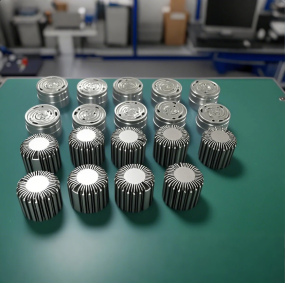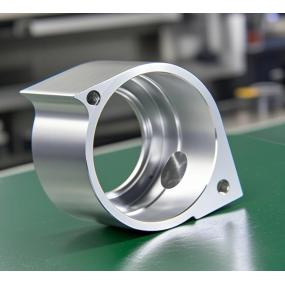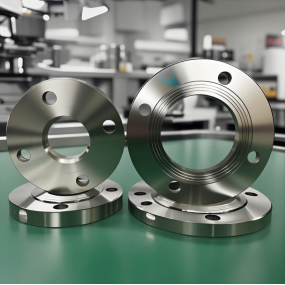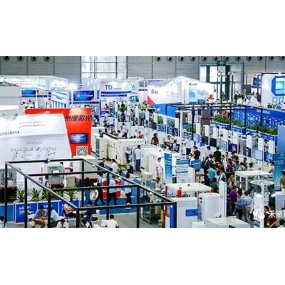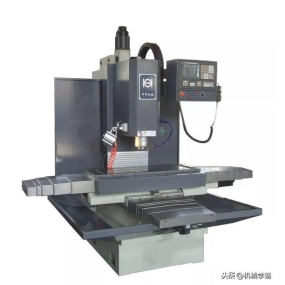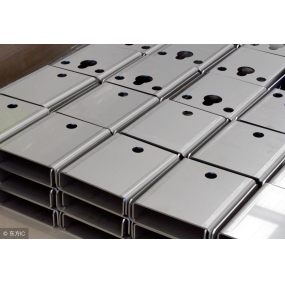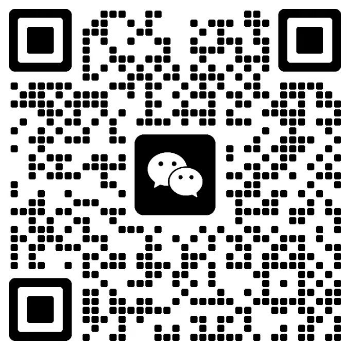CNC Machining manufacturers share numerical control machining.
Numerical control machining refers to machining with numerical control tools. CNC refers to the numerical control machine tool programmed by numerical control machining language, usually G code. The G code language of numerical control machining tells the numerical control machine tool what kind of machining tool to use, Cartesian position coordinates, and controls the feed speed and spindle speed of the tool, as well as tool converters, coolants and other functions. Numerical control machining has great advantages over manual tooling. For example, the parts produced by numerical control machining are very accurate and repeatable; numerical control machining can produce parts with complex shapes that cannot be completed by manual machining. Numerical control processing technology has been widely promoted, most of the machining workshops have numerical control processing capabilities, the most common numerical control processing methods in typical machining workshops are numerical control milling, numerical control turning and numerical control EDM wire cutting (EDM wire cutting).
The tool for numerical control milling is called a numerical control milling machine or a numerical control machining center. The lathe for numerical control turning is called a numerical control turning center. The numerical control machining G code can be manually programmed, but usually the machine shop uses CAM (Computer-Aided Manufacturing) software to automatically read CAD (Computer-Aided Design) files and generate G code programs to control the numerical control machine tool.


 Spanish
Spanish Arabic
Arabic French
French Portuguese
Portuguese Belarusian
Belarusian Japanese
Japanese Russian
Russian Malay
Malay Icelandic
Icelandic Bulgarian
Bulgarian Azerbaijani
Azerbaijani Estonian
Estonian Irish
Irish Polish
Polish Persian
Persian Boolean
Boolean Danish
Danish German
German Filipino
Filipino Finnish
Finnish Korean
Korean Dutch
Dutch Galician
Galician Catalan
Catalan Czech
Czech Croatian
Croatian Latin
Latin Latvian
Latvian Romanian
Romanian Maltese
Maltese Macedonian
Macedonian Norwegian
Norwegian Swedish
Swedish Serbian
Serbian Slovak
Slovak Slovenian
Slovenian Swahili
Swahili Thai
Thai Turkish
Turkish Welsh
Welsh Urdu
Urdu Ukrainian
Ukrainian Greek
Greek Hungarian
Hungarian Italian
Italian Yiddish
Yiddish Indonesian
Indonesian Vietnamese
Vietnamese Haitian Creole
Haitian Creole Spanish Basque
Spanish Basque

